The revival of bitters, the bitter-tasting spirit drinks of the past, has spread across Europe, particularly to Italy, France and Germany. The wide variety of botanicals used to make bitters means that spirits manufacturers can offer an infinite variety of tastes and styles in their products, broadening the product range available to consumers. The range is extremely diverse, from non-alcoholic drinks such as San Pellegrino Bitter to Angostura bitter at 44.7 ABV (Alcohol By Volume). Let's take a look at the major stakeholders in this trend and the products they use in a wide range of cocktails.
The bitters and French bitters brands (1)

- Giffard offers its own 'Apérol' with its 'orange bitter' liqueur made from a maceration of grapefruit zest, rhubarb and gentian extract.
- Bertrand proposes L'Amer Bière (bitter beer), its orange beverage, and Amer Fleur de Bière.
- Birabelle, offers its Amer Bière (bitter beer) with mirabelle plum.
- Clacquesin, old-fashioned liqueur made from aromatic botanicals, spices and pine buds.
- Dolin Bitter de Chambéry produced from the infusion of botanicals, herbs and fruit.
- Lecomte Blaise's bitter beer with Mirabelle plum is made from a maceration of gentian and cinchona peel, combining notes of oranges and Mirabelle plum from Lorraine.
- Miclo: a typically Alsatian bitter beer with the aroma of gentian, cinchona, Alsatian hops and orange.
- Miramer: a bitter beer made from Mirabelle plum brandy from Lorraine, gentian from Haut-Doubs and bitter orange extract.
- Bitter beer Picabel Mirabelle and Bitter beer Picabel Myrtille are typically Lorraine beers, made from Mirabelle plum brandy and natural flavourings.
- Picon, a thirst-quenching bitter, Picon bière has been around since 1837.
- Sommer, the Alsatian bitter from the Ingwiller brewery, has been around since 1885.
- Wolfberger beer bitters are available in orange, beer flower, cherry, ginger, pink bitter and alcohol-free orange.
The brands of gentian liqueur
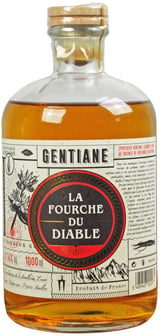
- Aimé Lebon: Verbena is combined with Gentian and craft beers from Auvergne.
- Avèze: formulated in 1929, this gentian liqueur has been awarded the Auvergne Volcanoes Regional Nature Park product label.
- Bonal: an aperitif created in 1865 by a monk doctor from grape must, cinchona and gentian, originating in the Grande Chartreuse mountains.
- Chantelune is a gentian from Aveyron. The roots are harvested at high altitude in the Cévennes or Aubrac mountain ranges.
- Couderc: gentian aperitif created in 1908 with the "mountain product" label. Its roots, which are harvested every 30 years, give this liqueur its distinctive flavour.
- La Fourche du Diable: originally from the Jura region, a liqueur made from lemon-scented Auvergne gentian roots
- Salers created in 1929 by the maceration of fresh gentian roots harvested in Auvergne. Salers comes in three Alcohol by Volume (ABV) percentages: 16%, 20% and 25%.
- Suze, the famous liqueur with gentian roots and botanical extracts, developed from a Swiss recipe in 1885.
Others European bitter brands
Brands of bitters and Italian bitters

- Amaro 18 Isolabella is made from the infusing of 18 aromatic botanicals, produced since 1871 and titrated to 30 ABV.
- Aperol: blend of alcohol, rhubarb, gentian, bitter oranges and herbs, 6 ABV.
- Campari: an emblematic bitters founded in 1860, Campari is bright red in colour, flavoured with orange peel and herbs with an unequalled bitter taste, and is a contemporary classic among the world's most famous cocktails.
- Amaro Chianciano is a blend of 34 herbs and medicinal botanicals.
- Cynar is made from a mixture of artichoke leaves and 13 herbs and aromatic botanicals infused in alcohol.
- Created in 1845, Fernet-Branca contains gentian, rhubarb, aloe, camomile, angelica and saffron. Classic and mint Fernet-Branca. 40 ABV.
- Gran Classico Bitter is made from a recipe dating back to 1860: an infusion of herbs, roots and aromatic botanicals including bitter orange peel, wormwood, gentian and rhubarb.
- Lombardi et Visconti today produces over thirty types of products, naturally obtained using aromatic herbs and fruit.
- Amaro Lucano comes from an ancient and secret recipe using medicinal herbs typical of the Basilicata region.
- Since its creation in 1872, Martini® Bitter combines tradition and perfect mixability.
- Bitter Montenegro was created in 1885 in Bologna by a distiller and herbalist. It is one of the best-selling bitters in Italy. 23 ABV
- Amaro Nardini is orange, peppermint and gentian based. 31 ABV.
- Rabarbaro Zucca is an Italian rhubarb-based bitter created in 1845 in Milano. 16 ABV.
- Ramazzotti created in 1815 in Milano by a pharmacist, claims to be the oldest Italian bitter. Produced from the maceration of 33 herbs and roots, it includes orange peel, cardamom, myrrh, galanga and cinnamon. It has an alcoholic strength of 30 ABV in the classic version and 32 ABV in the mint version.
- Liquore Strega made in Campania since 1860. Made with 70 herbs including Sannio mint, saffron, fennel, Ceylon cinnamon, Florence iris and Apennine juniper.
English bitters brands

- Bob’s Bitter is a 20 ABV British bitter.
- Bitter Union Aromatic Bitters, has aromatic notes of Morello cherry, cinnamon and clove with the bitterness of gentian root.
- Bokers Bitters authentically reproduces 19th century cocktails
- Bitter beers examples
German bitters brands

- Jagermeister, invented in 1934, is Germany's most exported liqueur. The 56 botanicals used to make it are kept secret.
- Boonekamp, Killepitsch, Kuemmerlingest, Wurzelpetersont are botanical based bitter liqueurs.
- Schwartzhog botanical liqueur is a Kräuterlikör consumed as a digestive. Its ingredients include herbs, fruits and roots such as wormwood, ginger, etc.
- Truth: this company offers a wide range of bitters since 2006.
- Underberg, is made from herbs from 43 countries.
New generations of bitters
Characteristic of an era when drinking liqueurs and distilled bitter botanicals was part of mountain heritage and family medicine, classic bitters are now giving way to new generations of bitters. Spirits manufacturers are incorporating botanicals into their bitters recipes to create new cocktails (2) (3) or to reacquaint with typical root and wild flavour…

Gran Classico Tempus Fugit Spirits, 28 ABV is a new version of a Turin recipe from the 1860s, from the Swiss distillery E. Luginbühl distillery. This top-of-the-range bitter is obtained by macerating 25 botanicals and aromatics such as gentian, wormwood, rhubarb root, hyssop and bitter orange zest. Fruity and spicy, herbaceous and resinous, with hints of vanilla and honey, Gran Classico lives up to its name and makes an excellent base for cocktails such as Negroni. (4)

Amer Gentiane Distillerie de Grandmont, Limousin, France, 32 ABV comes from Les Petits Celliers in Haute-Vienne, where spirits are re-invented in the traditional way, using recipes that are almost identical to those of the past. This gentian bitters revives the floral and root intensity of ancient wild gentians, restoring a fruity freshness of raspberry and citrus, as well as complex aromas of angelica, vine flower and cardamom. Made from organic grain alcohol, fresh and dried yellow gentian, wild fruits and botanicals, this drink can be enjoyed as a cocktail, as an aperitif with tonic and lemon, or as a digestive. (5)
Bitter botanicals-based beverage market trends
Changing tastes and the return of the bitter trend (6) has led to a revival of these old-fashioned drinks. According to « Spiritueux Magazine » (7), the success of cocktails is confirmed on the export market, and sales of spirits exceed €4 billion for the first time.
Against this backdrop, sales of bitters in supermarkets rose by 5% in value (+4% in volume) compared to 2016 and are among the three product categories driving the segment along with rums and gins. With the revival of bars and tourist activity, cocktails are growing and bitters volumes have risen by 15% in bars, hotels and restaurants since 2016. (8)
As Eric Fossard, one of the organisers of the Cocktails Spirits trade show, points out: "This category had not yet entered the premiumisation phase. What's more, liqueurs are playing an increasingly important role in the world of bars". (9)
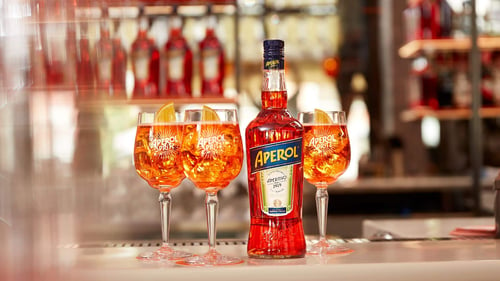
According to an article in LSA entitled Apéritifs: the real triumph of bitterness (10), bitters are on a strong upward trend, with sales arguments such as "local product" and "authentic" becoming trendy with consumers. Bitters and vermouths grew by 6.1% in 2020, and the Aperol brand, for example, "grew by 25% in CAM, with a 25% increase in value and a 23% increase in volume".
Essential bitter botanicals
Thanks to Natural Origins, you can incorporate into your creations and drinks many botanical substances that are so essential for their elegant and typical bitter flavours.
Whether it's flavonoid-rich citrus fruits, wild flowers or strong-tasting botanicals, our high-quality product range covers all your needs for bitter-rich raw materials:
- Angelica Root Liquid Extract TGE 0.0
- Bitter Orange Peel Ribbon Whole
- Cascarilla Bark Whole
- Organic dandelion root cut
- Organic Chicory Root Roasted Tea Bag Cut 0.5-1.8 mm
- Organic Gentian Root Coarse Cut 0.5-3cm
- Organic Gentian Root Whole
- Red Cinchona Bark Concentrated LE TGE 0.0
- Flat Chinese Rhubarb CR90 Root Large Cut
- Veronica
- Wormwood Herb Coarse Cut 0.5-3cm
- ...
Please feel free to contact us.
To see our entire product range, check out our online catalogue available 24 HOURS A DAY 7 DAYS A WEEK.
Sources :
(1) https://www.marque-alcool.com/types-alcool/bitter/
(2) https://avis-vin.lefigaro.fr/spiritueux/o149156-l-amertume-revient-dans-les-verres
(3) Example of cocktail: 5cl of whiskey, 1cl of sugar syrup, 2 drops of Angostura bitters, a recipe which can be varied, like old fashioned Miso: 4.5cl of Woodford Reserve and miso, 2.25cl of tamarind liqueur, 2 drops of orange bitters, 2cl of water, purple oxalis leaf or 2 small spoons of beetroot cordial, 5cl of Woodford Reserve, 2 drops of smoked bergamot bitters.
(4) https://www.larvf.com/dix-liqueurs-ameres-qui-vous-promettent-la-vie-douce,4699198.asp
(5) https://www.larvf.com/dix-liqueurs-ameres-qui-vous-promettent-la-vie-douce,4699198.asp
(6) https://www.destinationcocktails.fr/top-tendance/cocktail-amers/
(7) http://www.spiritueuxmagazine.com/2018/07/en-chiffres-le-marche-des-spiritueux.html
(8) http://www.spiritueuxmagazine.com/2018/07/en-chiffres-le-marche-des-spiritueux.html
(9) https://www.businessmarches.com/7-tendances-suivre-dans-univers-spiritueux/
(10) https://www.lsa-conso.fr/le-veritable-triomphede-l-amertume,362108
(10) http://www.spiritueuxmagazine.com/2018/07/en-chiffres-le-marche-des-spiritueux.html

Graziella Riant-Dalibard
Head of BU Taste

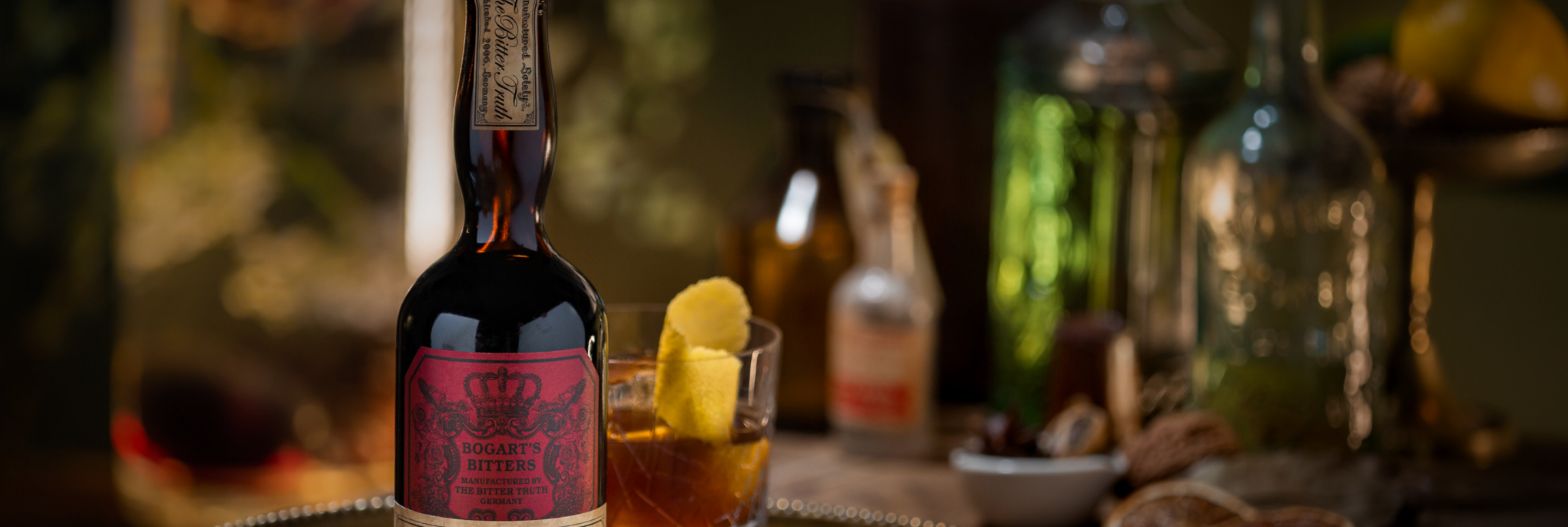


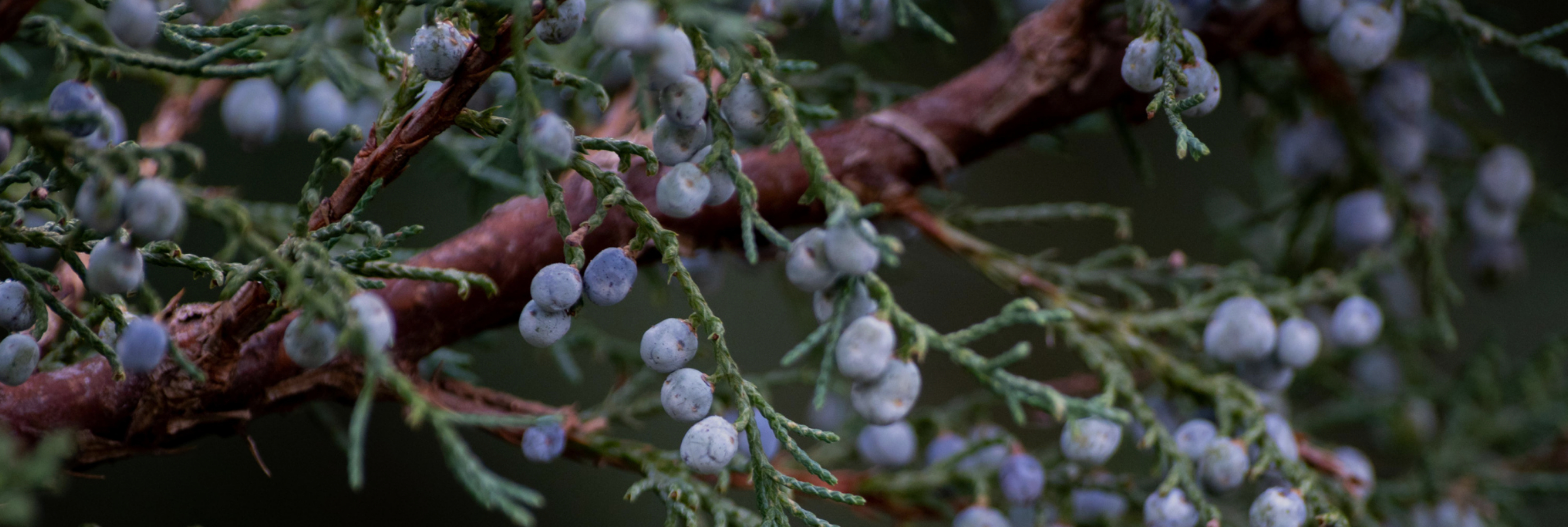
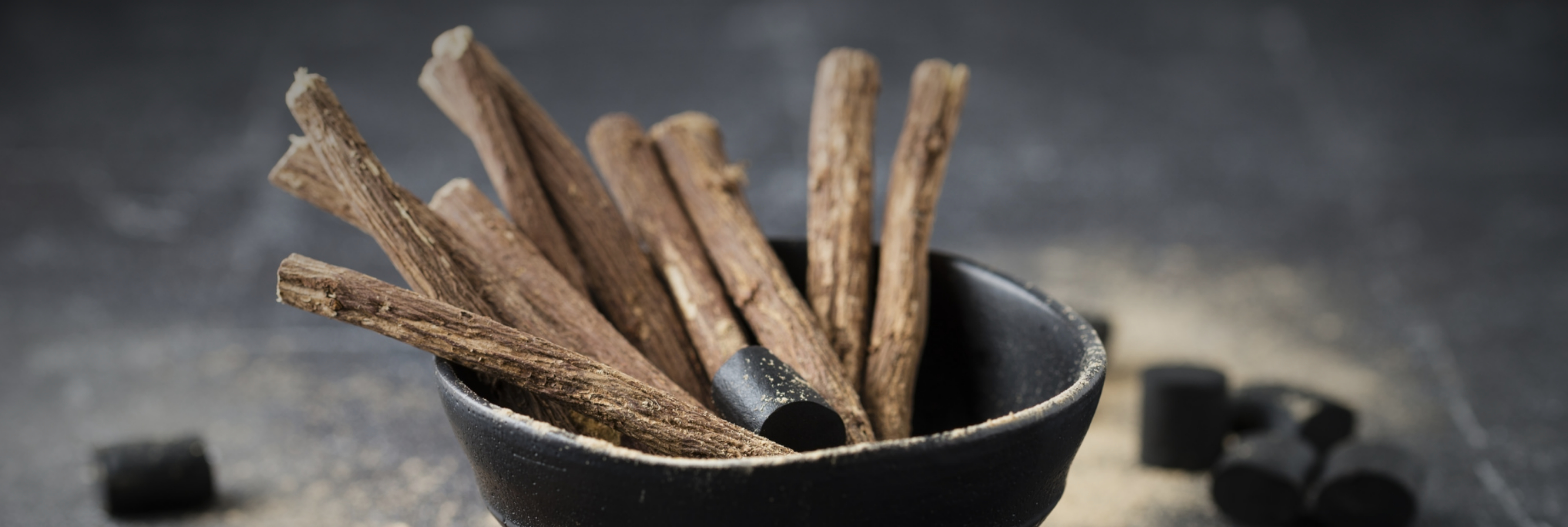

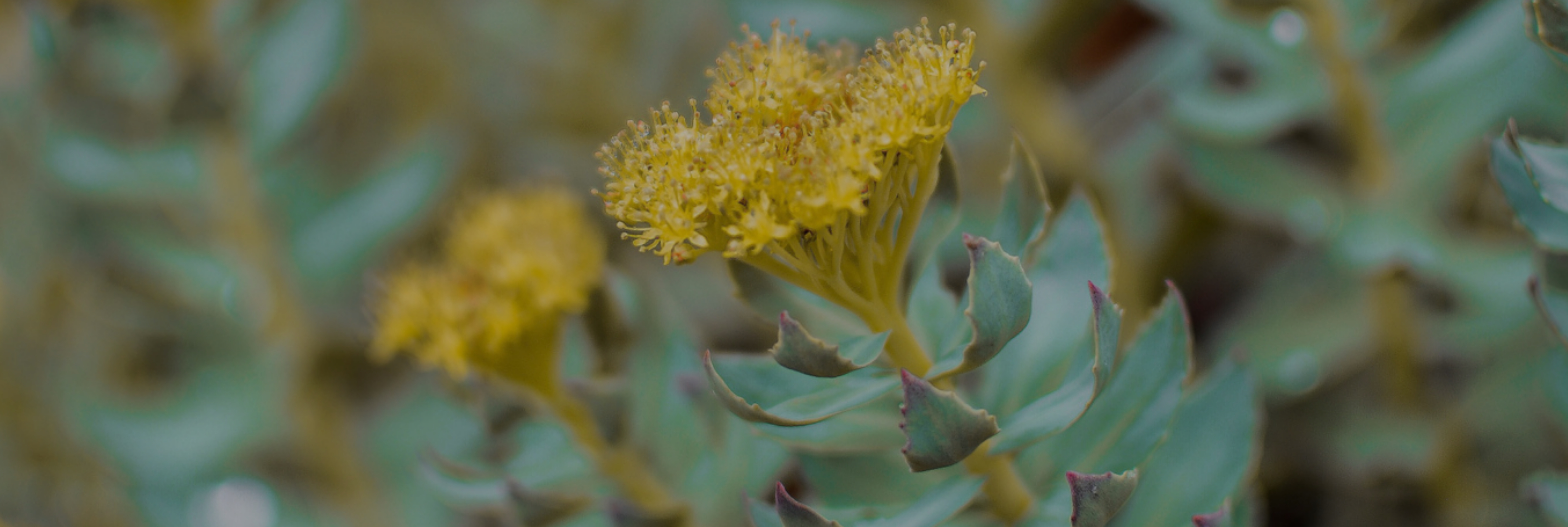
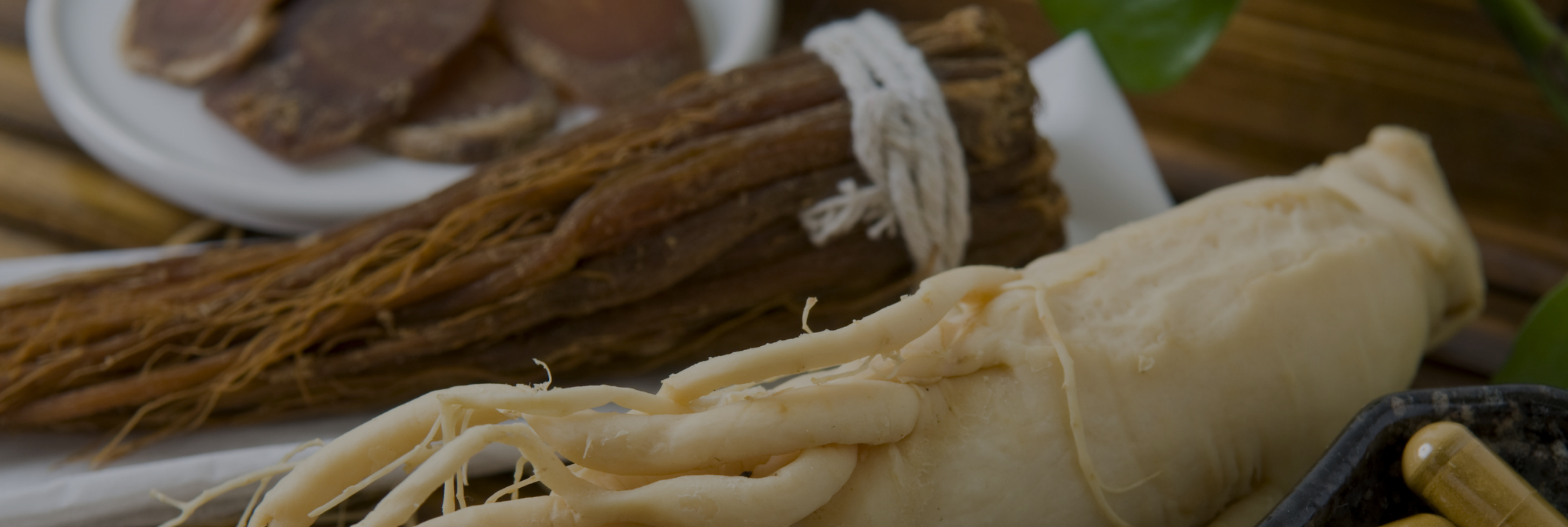
Leave a comment